Deutsche Ecke
R-2, 4/5 Libby Edwards
Yrs 3-6 Emma Chesterman
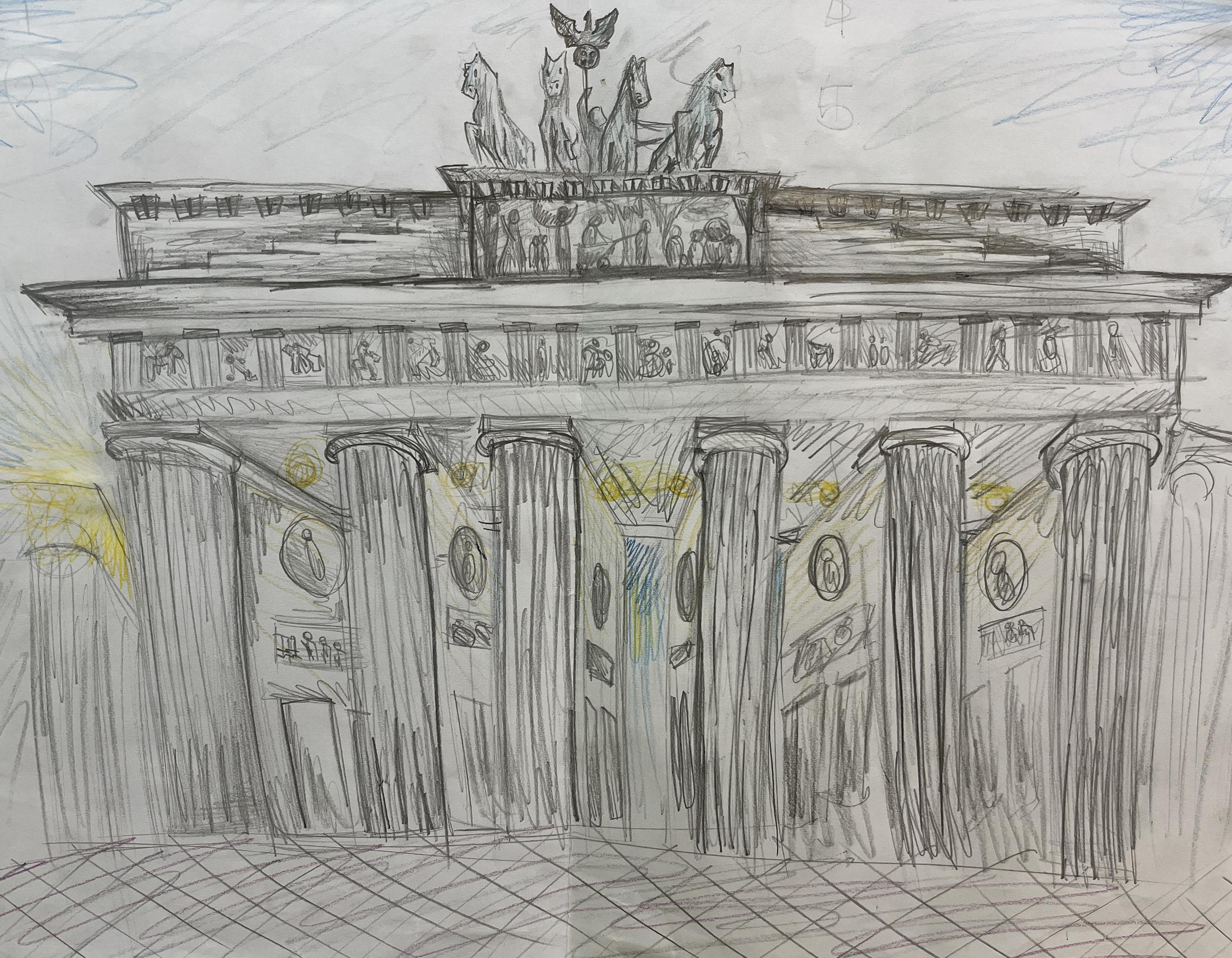
Deutsche Ecke
R-2, 4/5 Libby Edwards
Yrs 3-6 Emma Chesterman
If we were in Germany…
Ostern (Easter) is a very important and beloved celebration in Germany. It is a time of year that marks the beginning of Frühling (Spring) in the Northern Hemisphere, unlike the cooler temperatures of Herbst (Autumn) and the end of daylight savings in South Australia. Die Krokusse (crocuses), die Lenzrose (Lenten roses) and die Schneeglöckchen (snowdrops) reveal their brilliant colours as they begin to pop their heads through the snow and frost, with die Tulpe tulips and die Osterglocke (daffodils) following in late March.
Let’s look at some Easter traditions in Germany…
Die Ostereier und der Ostereiersuche – Easter Eggs and Hunt
The egg is a symbol for fertility and new life. Just like in Australia, the colourful Ostereier are hidden and then die Ostereiersuche (Easter egg hunt) can begin! German children search for hard-boiled eggs, chocolate bunnies, mini eggs or nests filled with chocolate eggs.
Der Osterbaum / Der Osterstrauch – Easter Tree / Easter Bush
Ostereier (Easter eggs) are painted and dyed in a variety of colours and are then hung on a tree or bush. See the image of the Saalfeld Osterbaum (Easter tree) covered with 9,200 eggs! Many LNPS students made posters about Brandenburg last year, and the Sorbs, a cultural minority in Brandenburg, are some of the most famous egg decorators in the world, and every year showcase their delicate, painstaking wax painting techniques at the Spreewald Museum in Lübbenau.
Der Osterhase – Easter Bunny
Did you know that the idea of the Osterhase (Easter bunny) originated in Germany? Children used to be told that the Easter rabbit would decide whether they had been good or bad. Only the good children would receive Easter eggs!
Der Ostermarkt
The concept for the German Ostermarkt (Easter market) is much the same as the famous German Christkindlmarkt (Christmas market). There are little stalls full of Easter eggs, flowers or handmade Easter gifts, usually in an outdoor setting. There is a festive feeling as people of all ages wander amid the booths, browsing the items for sale, stopping for a sausage or beer or soft drink.
Der Ostersonntag – Easter Sunday
On Ostersonntag, many Germans attend a church service to celebrate the resurrection of Jesus and everyone is happy that Spring has arrived!
Fisher and Torrens students will watch the little story of Helma legt los (Helma gets started), all about a chicken called Helma who lays colourful eggs instead of white eggs, and the creative and charming way that Helma solves this problem. You can access the video via this YouTube link if you would like to watch it with you child. While the German is quite complex, students can make meaning using the actions, facial expressions, costumes, colours and their German prior knowledge.

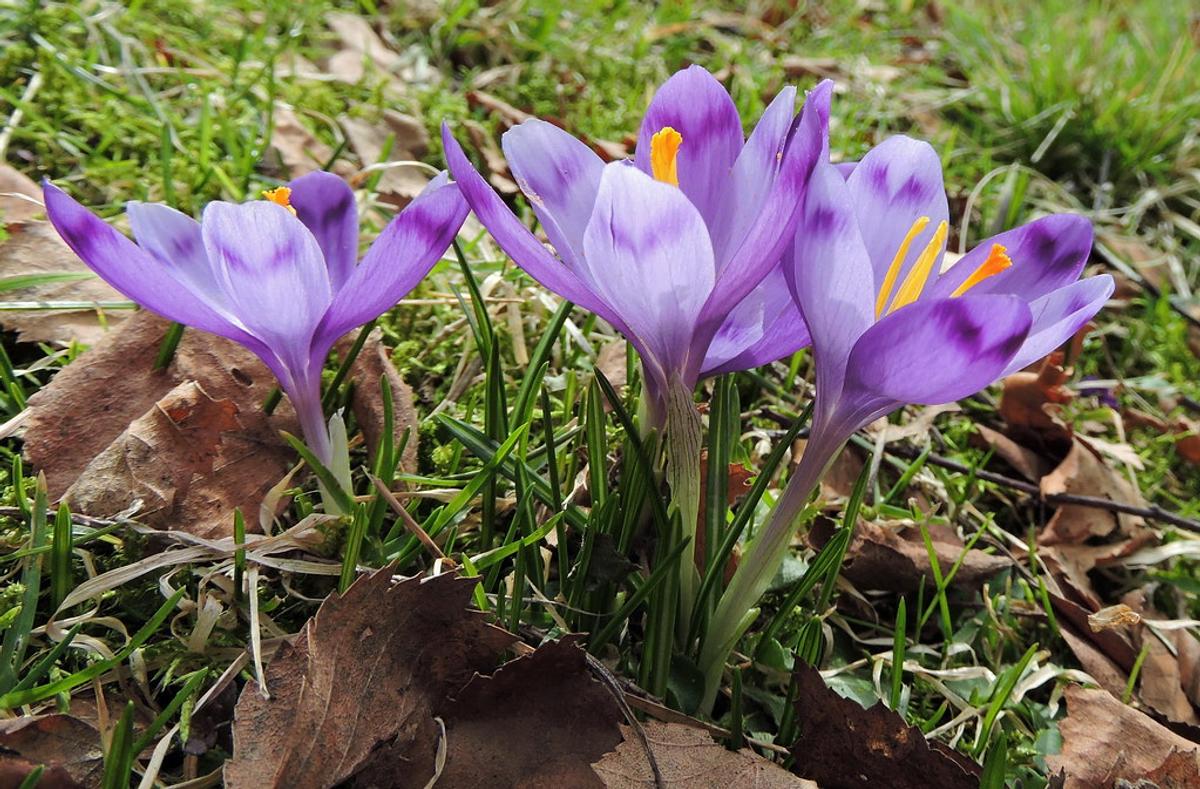


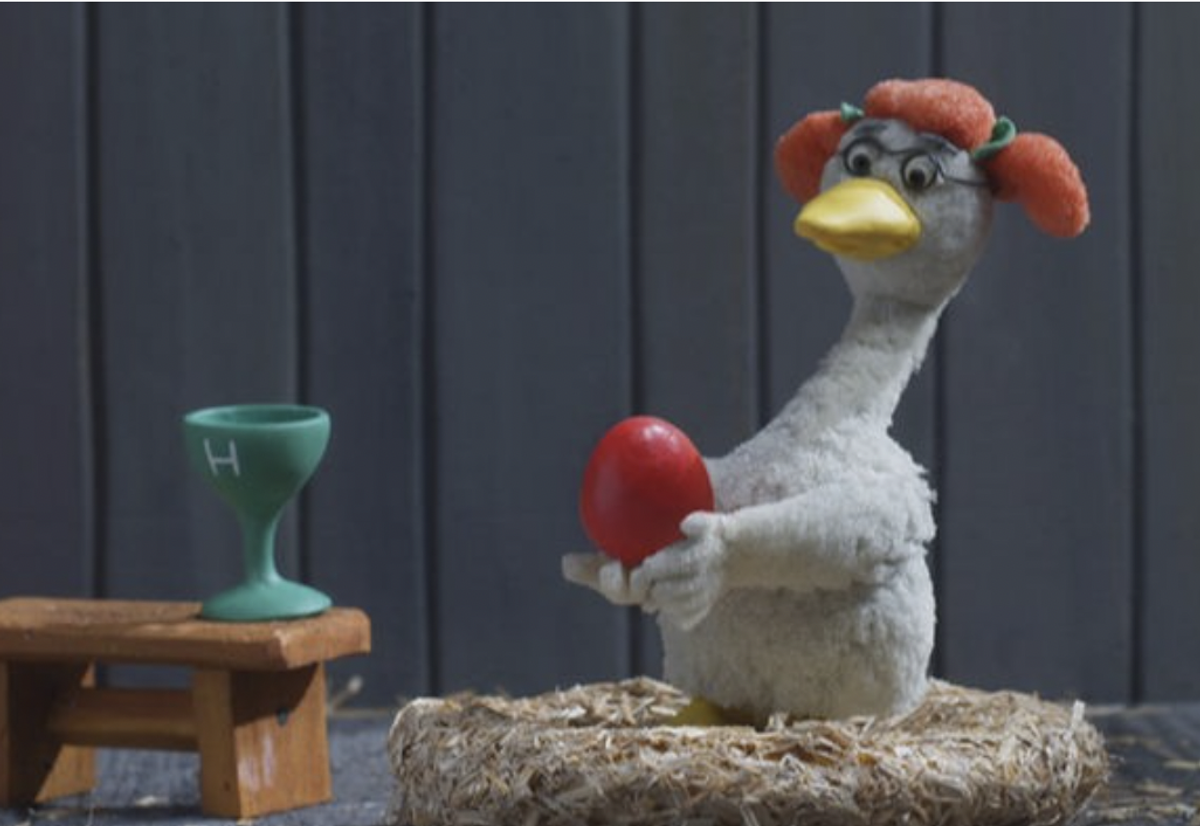

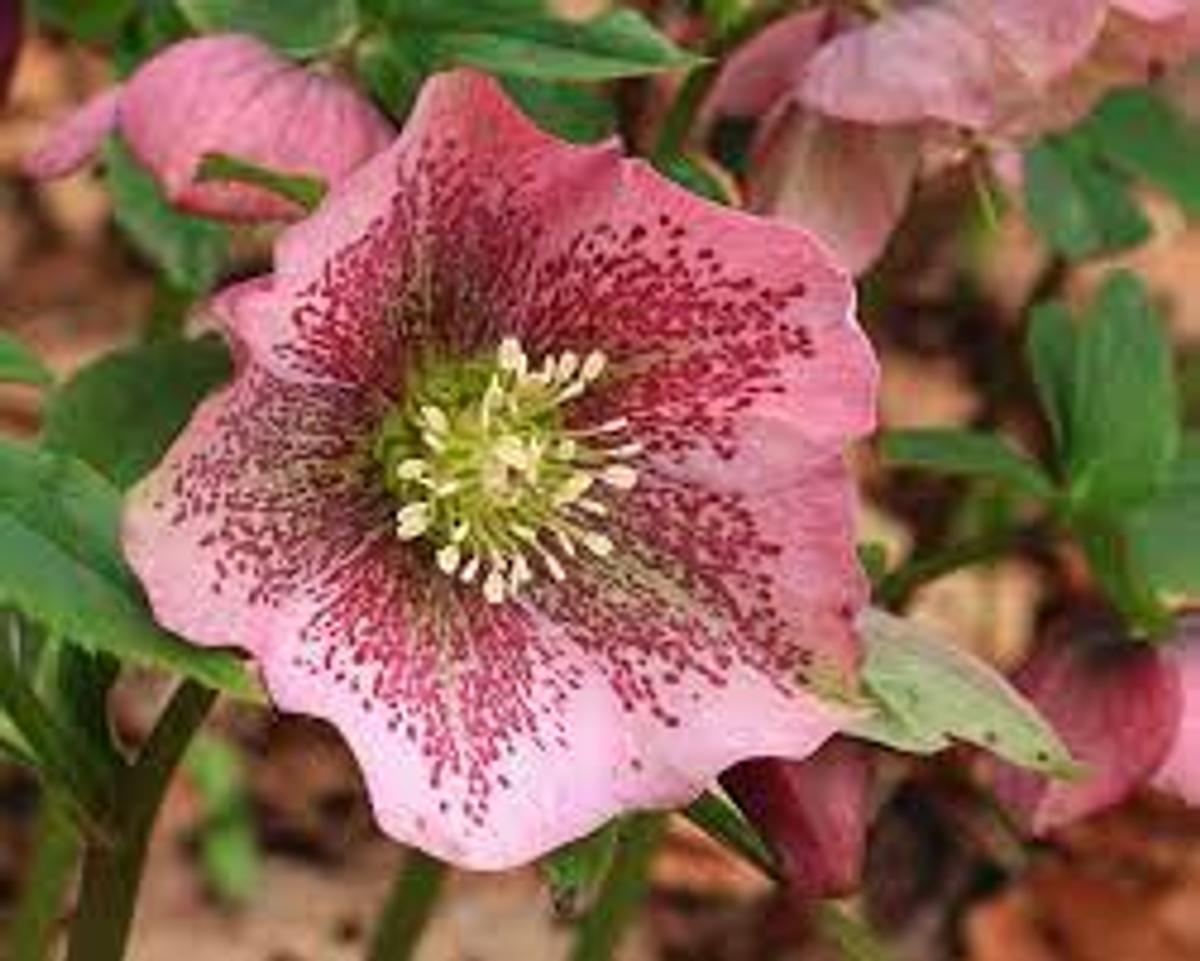
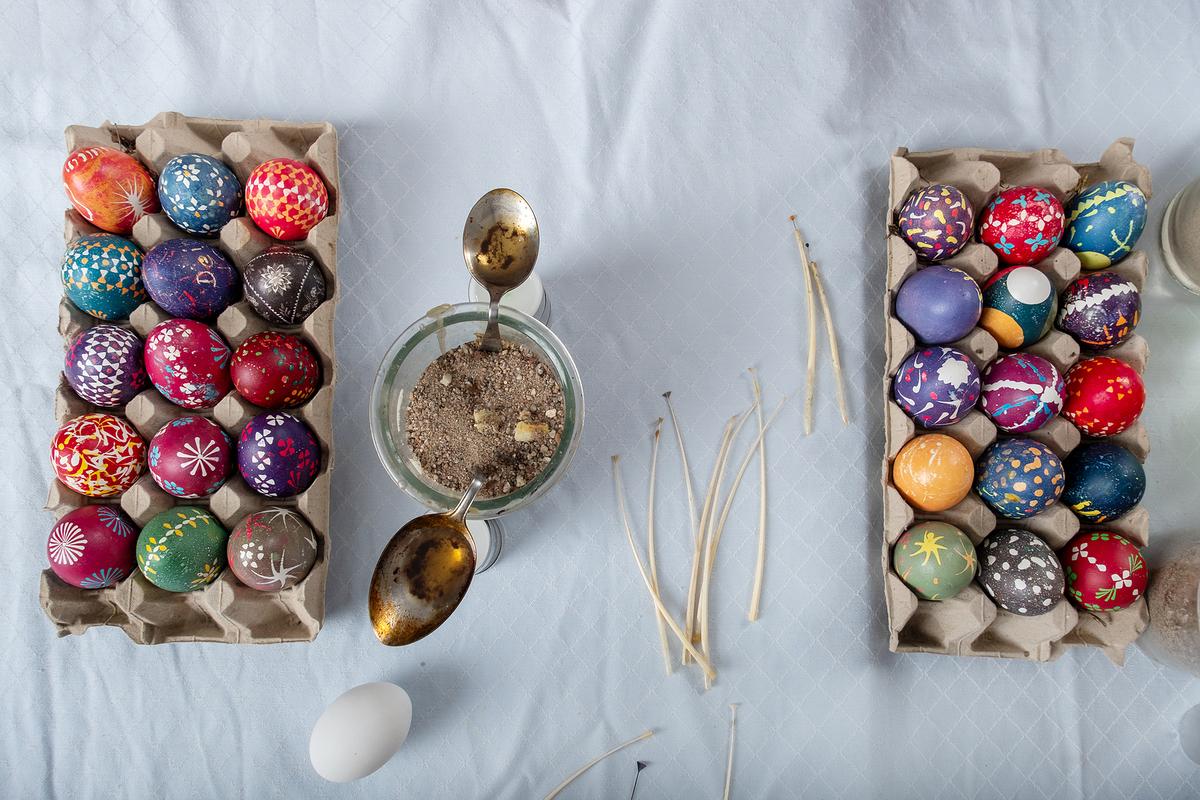

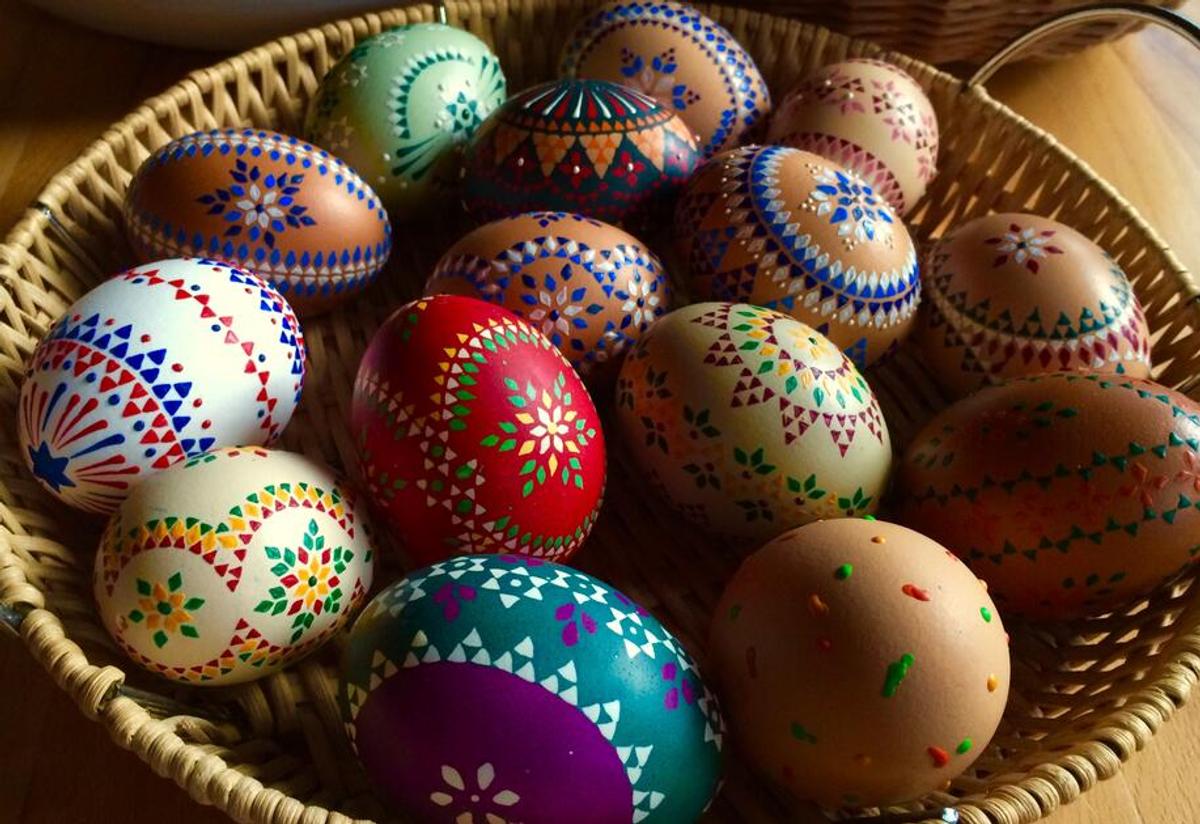
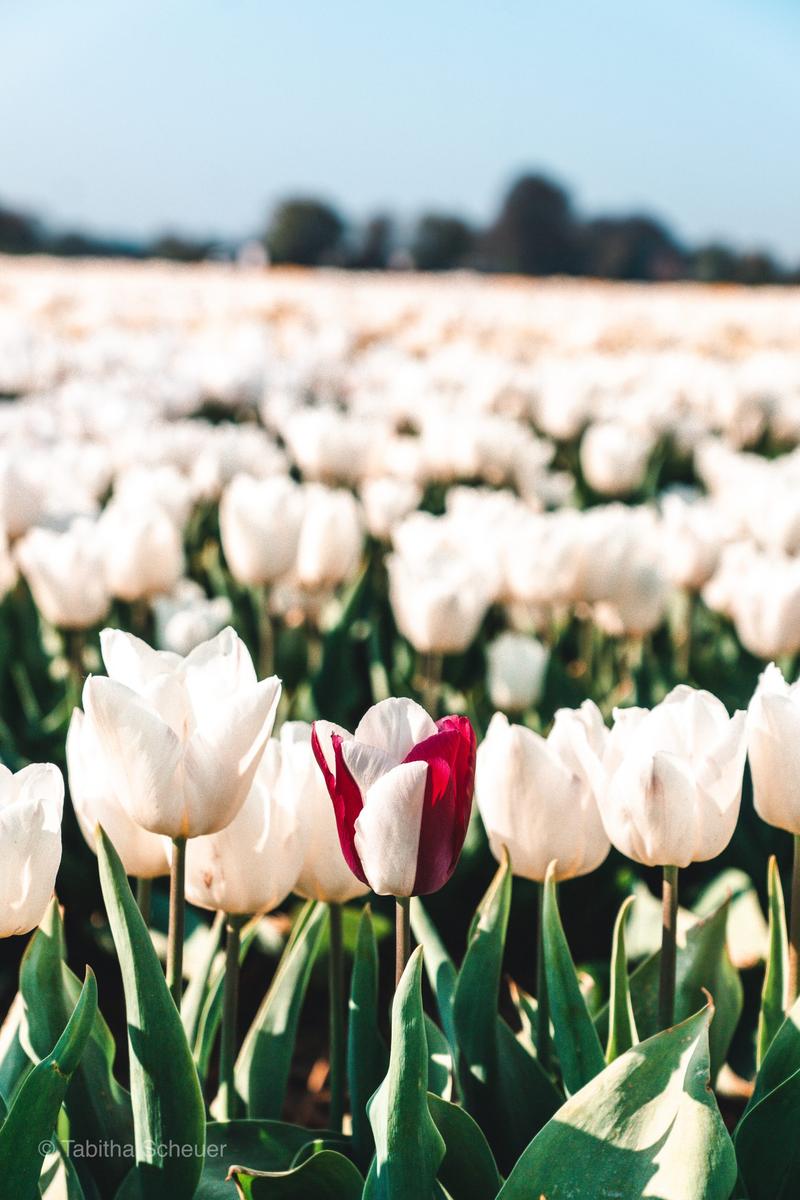











Helma legt los:
https://www.youtube.com/watch?v=7rraSBxm4PM
We hope that you all had a FROHE OSTERN! HAPPY EASTER!
Frau Chesterman & Frau Edwards